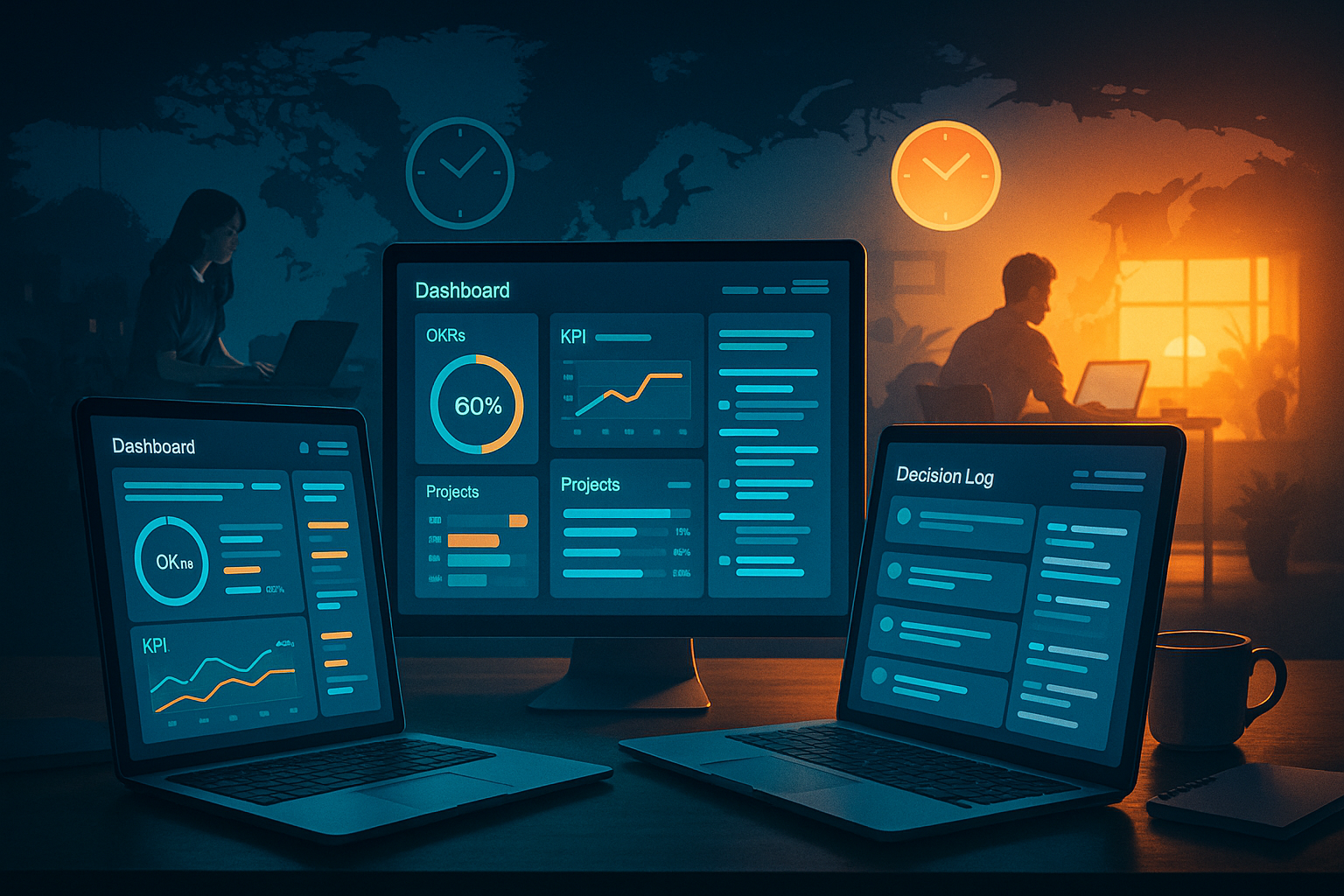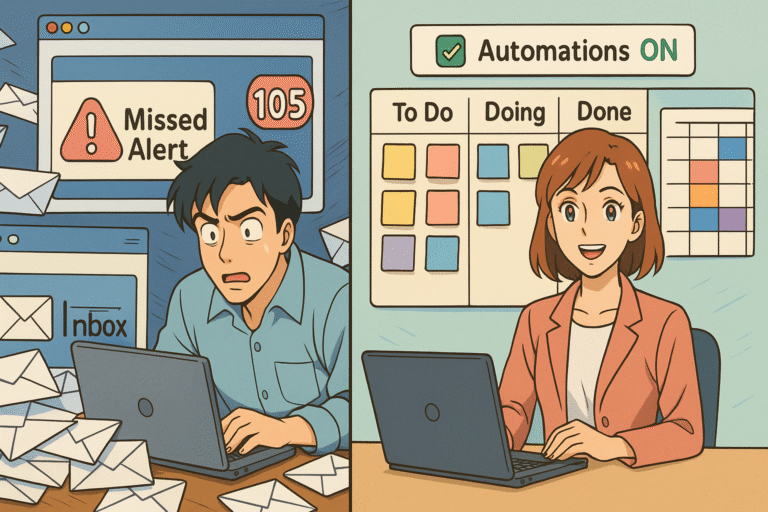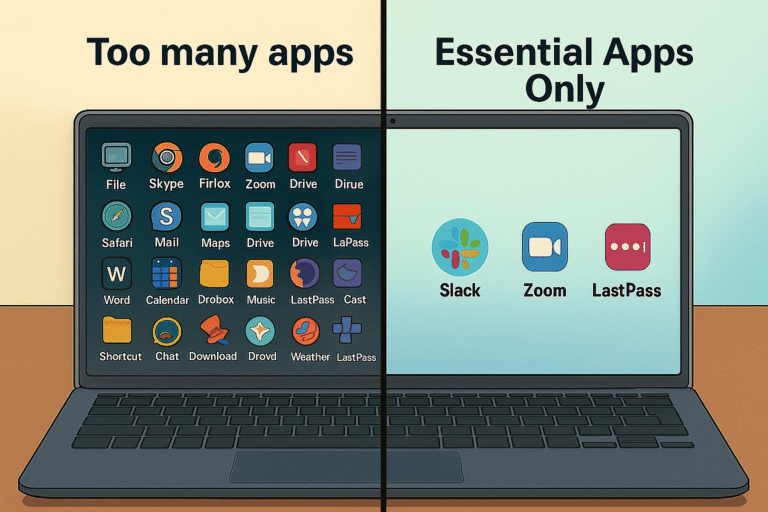Asynchronous Work Mastery 2025: Build a 24/7 Global Workflow
The modern workplace has gone global. Asynchronous Work transforms remote teams, which means less burnout, fewer meetings, and more results. Async collaboration reduces meeting fatigue, respects time zones, and lets people focus. Here’s how to design a simple, sustainable async strategy.

When to Choose Asynchronous vs. Synchronous Communication
- Asynchronous: project updates, decision logs, brainstorming, structured feedback.
- Synchronous: urgent issues, sensitive topics, complex real‑time brainstorming.
- Guideline: If it’s urgent or emotional—go live. If it’s informational or non‑urgent—go async.
Step 1: Use the DESC Model for Clear Writing
- D — Describe the situation clearly.
- E — Express feelings or concerns.
- S — Specify the change or request.
- C — Consequences or next steps.
Example: “The weekly report was submitted late (Describe). This delays planning (Express). Please submit by Wednesday mornings (Specify). That way, we stay on track (Consequence).”
Step 2: Document Decisions in a Shared Wiki or Project Board
- Shared Wiki (Notion, Confluence): SOPs, policies, and decision logs in one place.
- Project Boards (Trello, Asana, ClickUp): Assign tasks, track progress, record outcomes.
- Version History: Choose tools that save edits so context isn’t lost.
Step 3: Use the Right Tools for Async Success
- Loom — quick video updates instead of meetings.
- Slack Threads — organize conversations without channel noise.
- Trello / Asana — visualize tasks and accountability.
- Google Docs/Sheets — collaborate without scheduling calls.
- Miro — brainstorm asynchronously on a shared canvas.
Step 4: A Simple Decision Flow for Async vs. Live
- Is it urgent? → YES → Go live.
- Is it complex or emotional? → YES → Go live.
- Need immediate feedback? → YES → Go live.
- Otherwise → Go async (email, Slack thread, Trello card, wiki update).
Tip: Add a visual version of this flowchart to your wiki so everyone can reference it.
Why Asynchronous Work Boosts Productivity
- Reduced Meeting Fatigue: fewer live calls, more flexibility.
- Global Inclusivity: teams across time zones can contribute equally.
- Deep Work: longer focus blocks without interruptions.
- Better Documentation: written record reduces confusion.
- Higher Throughput: work keeps moving 24/7.
Build an async culture that respects focus and time zones—then watch output climb without burnout.
Final Thoughts
Async work is more than a tactic—it’s a sustainable strategy for global teams. Choose the right channel, document decisions, and use tools that keep work moving without constant interruptions.







